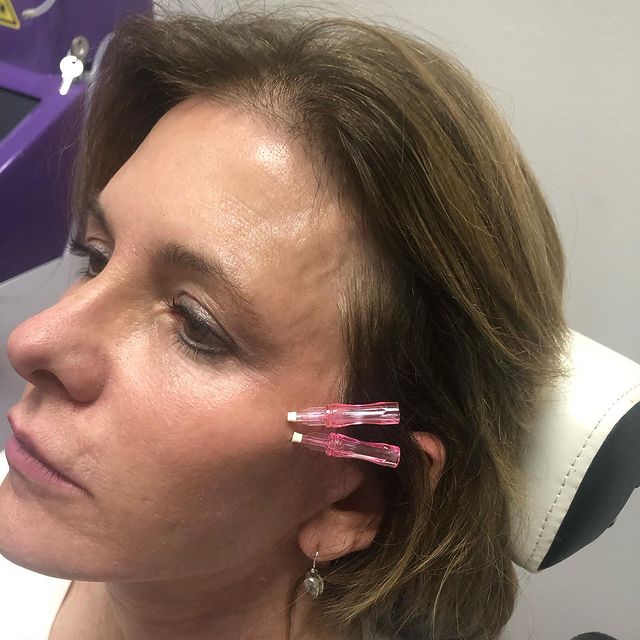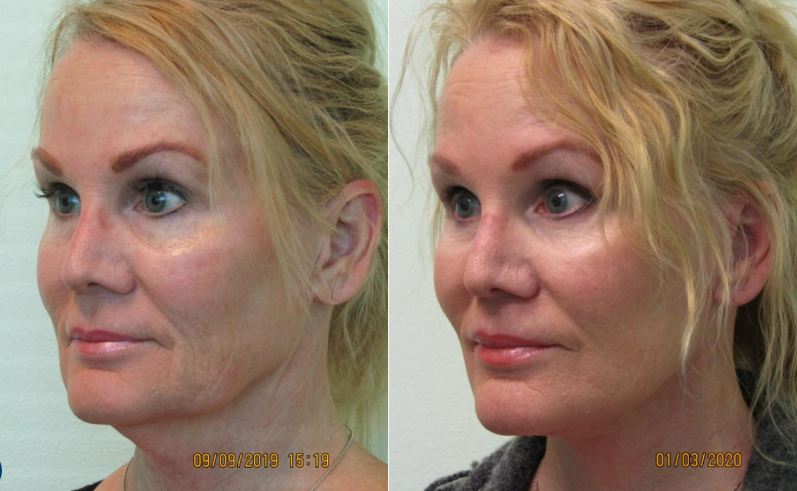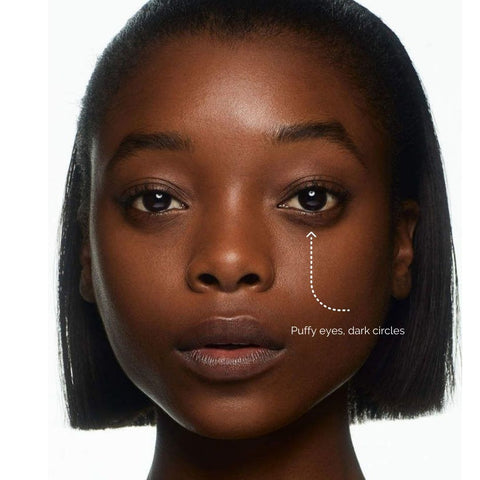
Knowing what to expect is key before you decide to undergo a breast implant procedure. Your medical history, allergies and medications will all be asked by a breast surgeon. He will also ask you about your family history and any prior surgeries. He will also inquire about your weight, pregnancy and the reason you had the surgery.
Mammograms
When a woman decides to get a breast implant, she should get a mammogram before the procedure. This mammography produces images in black-and-white of the breast tissue. These images are then examined by a radiologist. A mammogram can prove to be very useful in diagnosing breast cancer.
Breast implants can make mammograms uncomfortable. This is because the technologist pushes it up against the breast tissue. However, most patients report only minimal pain. People with scar tissue can experience more discomfort. The technologist will work with the patient to minimize discomfort.

Breast implant-bearing ladies are eligible for screening through the BC Breast Screening Program. If they are over 40, they can have a mammogram free of charge. After they stop nursing, they must wait at the least one-year mark before they can have another screening mammogram.
Getting a silicone gel implant
Although silicone gel breast implants might seem simple, there are many risks involved. These risks include pain relief, muscle weakness, fatigue and connective tissue disease. Some women will experience these symptoms years after their surgery, and it is important to consider these risks when considering this surgery.
Regular mammograms are recommended for silicone gel implants. These tests can detect potential problems with your implants. Your surgeon will need to have the implants removed if they are found to have burst. This will make breastfeeding difficult. To monitor the health of implants, it is recommended that women have regular MRIs. The silicone gel implant should last for a few years.
A silicone gel implant feels more like breast tissue than a normal polymer. It is more viscous than saline and provides a more natural look. If you are older than 22 years, you may be eligible for a silicone gel implant in your breasts.

Getting a saline implant
Saline implants can be less visible because they are filled in a solution which is absorbed by the human body. They are also easy to modify in size since surgeons can insert a new, saline solution into the implant's valve. They are also easier to change than silicone implants because they require fewer incisions.
Saline breast implants are more susceptible to infection. Injecting saline into the breast can push contaminants deep into the breast tissue, which can lead to an infection. This procedure involves large needles that have to pass through many layers of skin, and some blood vessels. This could cause some discomfort and bruising. In addition, multiple injections can stretch the skin.
Saline breast implants could also burst. This happens when the silicone skin around the implant cracks and releases the saline solution. The affected breast will develop a new shape because of the leaking liquid. The silicone shell should be removed and replaced.